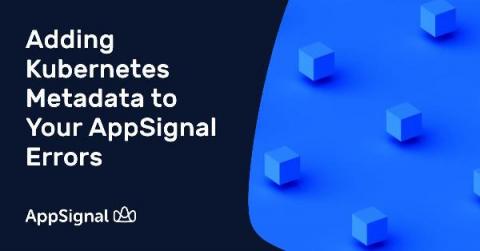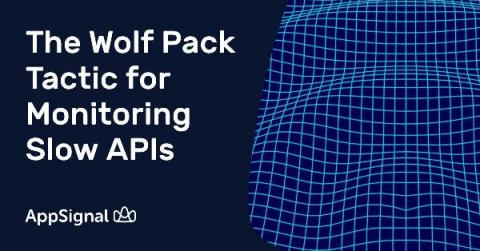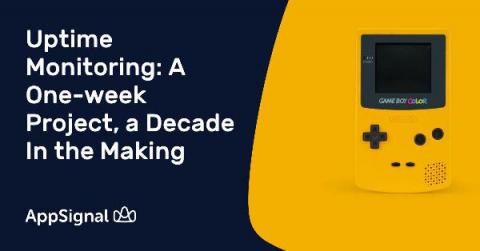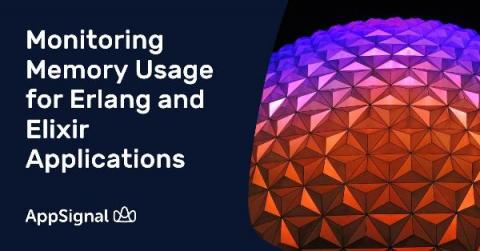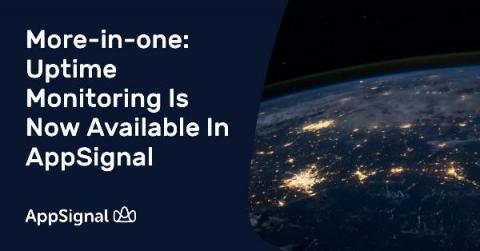AppSignal Error Tracking 2.0
Today, we’re launching a major upgrade that will improve the way yourteam manages application errors, with more error states, error assignments,severity labels and a “my incidents” overview. Your team’s communication around incidents will improve significantly.You’ll know exactly how severe an error is, who’s responsible, and howyou handled this error historically.




